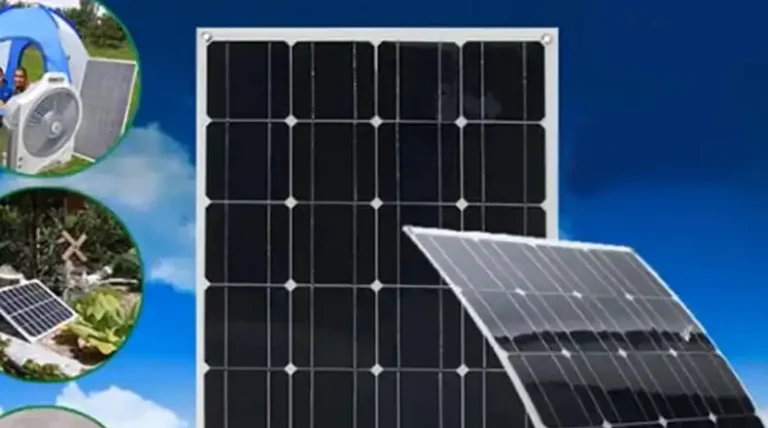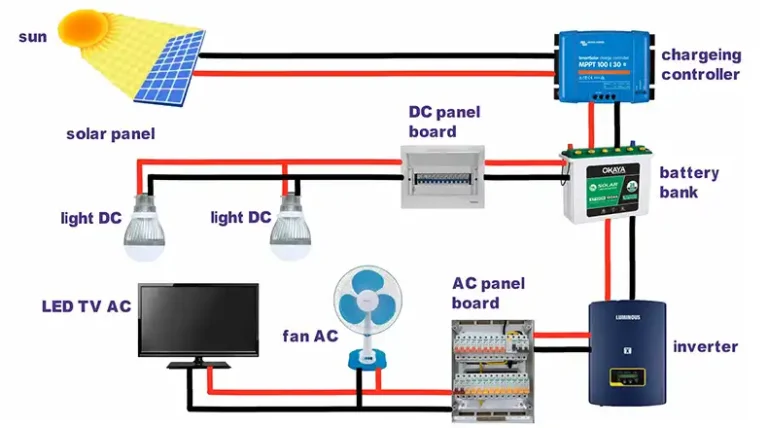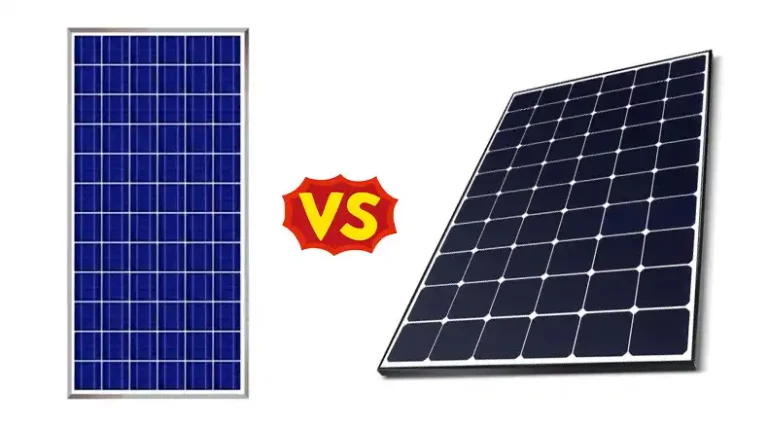Can Solar Energy Be Used in Transportation?
The transportation industry accounted for 24% of direct CO2 emissions from fuel combustion globally in 2019. With increasing vehicle ownership, especially in developing countries, emissions from the sector are projected to grow substantially if left unchecked. This presents an environmental and health hazard that requires urgent mitigation measures.
Transitioning transportation to renewable solar energy can significantly curb emissions and air pollution. Yes, solar energy can be and is already being used to power mobility through electric vehicles (EVs) to some extent. However, some persistent techno-economic limitations inhibit its large-scale utilization as a mainstream transport fuel currently.
In this article, I will help you explore deeper into the prospects and practical difficulties in utilizing solar energy for transportation through EVs, hydrogen fuel cell vehicles (HFCVs), and even solar aircraft and boats. Read on to learn more about this emerging sustainable mobility approach and its true feasibility according to expert analyses.
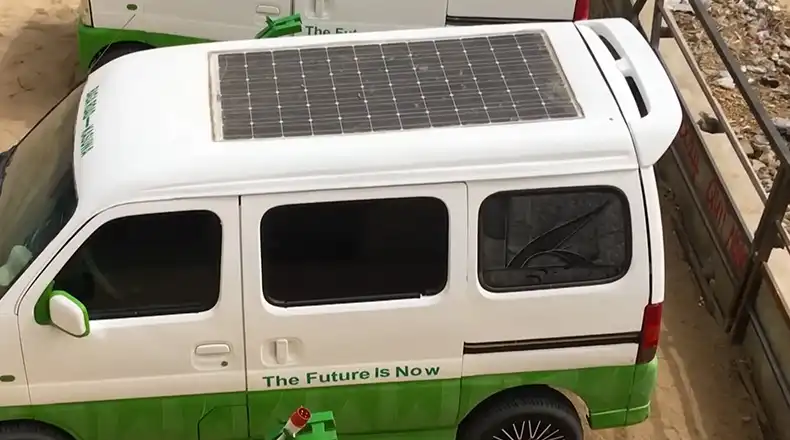
Current Role of Solar Energy in the Transportation Sector
Direct Use in Electric Vehicles
Solar energy is primarily used to charge the batteries of electric vehicles directly using rooftop photovoltaic (PV) panels and concentrated solar power plants connected to the grid. Around 30% of EV owners in Western Europe have rooftop solar PVs to charge their EVs as per 2021 estimates.
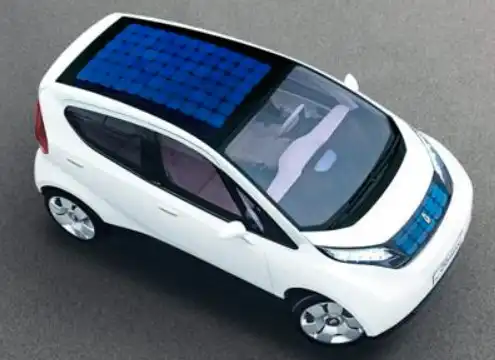
- An average electric car requires 20-40 kWh of battery capacity for a 100km drive. A 4kW rooftop solar system can deliver 16-20kWh per day, sufficient for average daily commuting needs. Larger 10-15 kW systems can fully charge most EV batteries from empty to full.
- Smart bidirectional chargers allow V2H (vehicle-to-home) and V2G (vehicle-to-grid) transfer of excess solar power from EV batteries to buildings and the grid during peak demand, providing grid stabilization benefits.
Solar Powered Public Transport
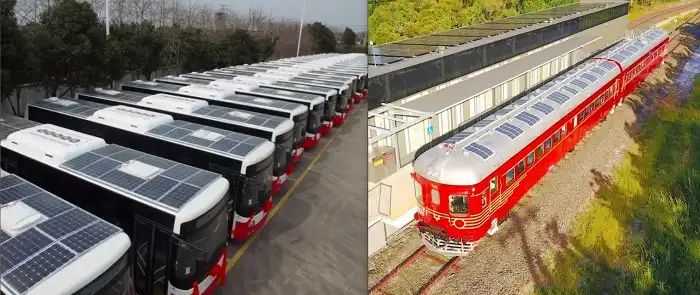
- Solar buses and trains with rooftop PVs supplying extra battery charge are becoming popular public transit options across Asia and Europe. In India alone, the government targets the deployment of 50,000 solar-powered buses by 2030.
- The Toronto Transit Commission operates a pilot solar bus, and similar solar hybrid buses operate in Hamburg, Germany, and Santa Barbara, California.
- Byron Bay Railroad Company in Australia operates a pioneering solar train with batteries completely charged by trackside and station solar panels.
Solar Powered Boats
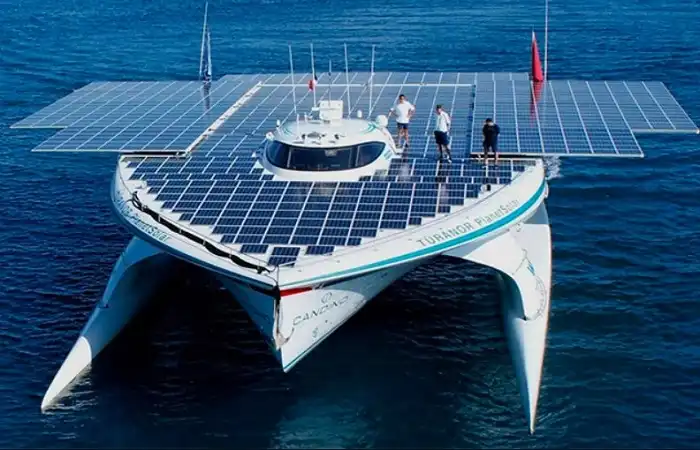
- While solar aircraft face daunting tech barriers, solar boat concepts leverage the ample water surface areas to mount PV panels and power electric outboard motors and boat appliances.
- Solar cruising catamarans are a niche but growing recreational segment in Florida and the Mediterranean. The 33 ft Planetsolar was the first full-sized motor yacht to circumnavigate the globe on solar energy alone for mobility and onboard power needs.
- The extensive water transport network offers potential for solar-powered passenger ferries. The Swiss has operated the world’s first hybrid electric solar commuter ferry on Lake Zurich since 2018. Amsterdam aims to launch emission-free regional solar-battery-powered ferries soon.
Solar Carports and E-Highways
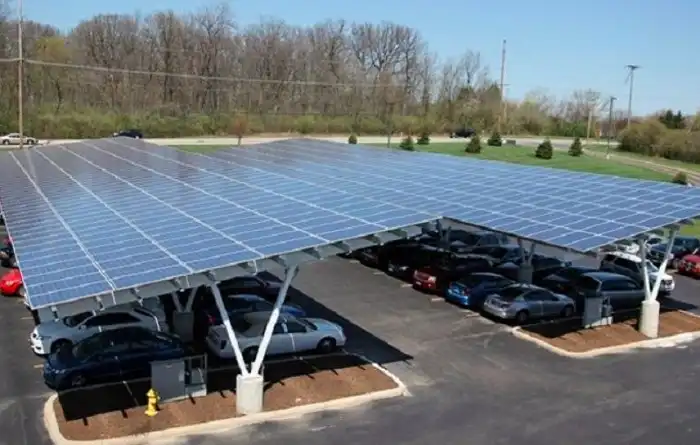
- Solar canopies over parking lots, or solar carports provide centralized EV charging stations powered by the sun. Projections estimate solar carports can meet 20-30% of total charging energy demand by 2025.
- Germany’s eHighway system uses overhead PV cabling to supply electricity on demand to hybrid trucks and charge their batteries, demonstrating a unique solar transportation concept.
Solar Planes
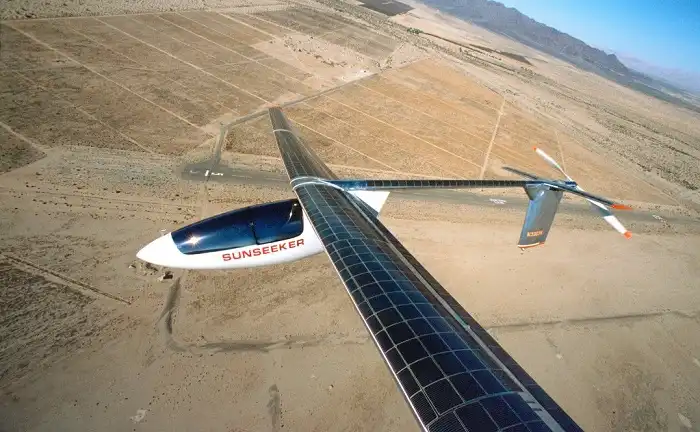
- Aviation represents one of the fastest-growing sources of greenhouse emissions globally, expanding by 138% between 1990 to 2019 per UK Government data. Replacing jet fuel with solar power could provide major decarbonization. However, fully solar-powered passenger aircraft face immense barriers presently.
- The core limitation is that the amount of solar energy planes can harness is restricted by wing surface area. The pioneering circumnavigating Solar Impulse 2 had a massive 71.9m wingspan covered by 17,000 cells but could not carry any passengers, only the pilot. Replicating such large, lightweight wingspans in commercial planes is highly impractical.
- Nonetheless, solar flight holds promise for unmanned surveillance and navigation. The US Navy is developing a solar-powered plane to fly unmanned scientific missions for 90 straight days for instance. With further advances, solar may viably assist battery electric planes for short recreational flights as well someday. However, fully solar-powered mass air transit is not feasible given current fundamental tech constraints.
Limitations and Challenges of Completely Solar Power Transport
Solar energy has enormous potential for powering electric mobility, but can it completely transform the entire transportation sector?
Experts concur that with current techno-economic constraints, solar is unlikely to completely replace petroleum as the mainstream transportation fuel in the near future. Petrol and diesel fulfill 95% of transport energy needs presently.
However, solar can still displace a sizeable portion of conventional fuels within the next decade if prioritized politically and integrated smartly with mobility infrastructure.
The major barriers inhibiting 100% solar-powered transport are:
- Low Energy Density of Solar Technology
The biggest issue with solar is its energy flux density, i.e. the rate of energy production per unit of land area, which is very low (~5-20 W/m2) compared to oil (~100,000 W/m2).
Thus, solar cannot yet propel vehicles over long distances without frequent recharging. It works more efficiently for shorter commutes through small EVs, and two and three-wheelers.
- Intermittent Output
Solar only produces power during daylight hours. At night and during spells of cloud cover and storms, solar-powered vehicles lose charging capacity unless expensive battery banks are installed.
- High Upfront Costs
Acquiring solar panels, batteries, charging infrastructure and solar vehicles costs significantly more upfront than conventional petrol/diesel cars and fuels currently, deterring uptake.
However, lifetime fuel and maintenance savings offset these higher upfront expenses. Policies like purchase incentives and lower lending rates are promoting PV adoption.
- Storage and Charging Challenges
Effective storage technology is crucial for harnessing solar energy for transport use. Battery prices are falling but still high, and have much scope for enhancing density and efficiency.
The lack of ubiquity of solar charging infrastructure is also an impediment.
Advantages of Completely Solar Power Transport
Despite the challenges highlighted, recent techno-economic improvements are enhancing solar energy’s viability for sustainable transportation:
- PV Efficiency and Cost Improvements
Solar cell efficiency has improved from 4% in 1980 to over 22% now in labs and will further increase to 29-35% over the next decade through technologies like perovskites.
PV system costs have fallen 89% in the last decade making solar power cheaper than grid electricity now in over 30 countries already. Bankability has improved considerably.
- EV Battery Advances
LIB battery energy density rose from 100 Wh/kg in 2008 to over 260 Wh/kg in 2021 for EVs, increasing range and performance. Further expected gains will alleviate range anxiety with solar EVs.
Battery production costs decreased by 97% over the last three decades and will likely halve further between 2020 and 2030.
- Supportive Policy Frameworks
Nations across the world are promoting renewables-based transport via capital subsidies for solar EVs and charging infrastructure, fuel economy standards and carbon taxes on ICE vehicles.
California requires all new residential buildings to have solar panels from 2023 and new commercial buildings from 2025, aiding EV solar charging.
- Hydrogen Fuel Cell Vehicles (HFCVs)
HFCVs that generate power by reacting hydrogen and oxygen in fuel cells represent another solar-powered transport avenue.
Solar PV electrolysis provides a clear path to produce hydrogen fuel from water. Green hydrogen for mobility is gaining policy push globally with rapid scale-up expected in this decade.
- Solar Aircraft/Seaplanes
The feasibility of solar-powered flights for short recreational trips and tourism is rising with planes like the Solar Impulse 2 already achieving intercontinental travel using only sunlight.
Solar boat representation remains niche but holds tourism promise in locations like Florida.
While constraints exist, solar energy is already displacing oil use across lighter road transport segments in many regions which can expand with supportive policy. Advancements in systems integration and next-gen technologies can accelerate feasibility further.
Wrapping Up
Solar energy is an emerging substitute for driving electric mobility systems with substantial decarbonization and air quality benefits but cannot singularly transform the entire transportation industry soon given techno-commercial limitations. However, it still harbors immense potential for partial substitution of oil and growth in economic viability as costs decline further. With innovations in PV, battery, and hydrogen technologies plus policy prioritization; solar energy can progressively play a larger role in sustainable transport across cars, buses, and trucks over the next decade if integrated well with mobility infrastructure. Readers can deploy solar proactively to power their own electric vehicles and benefit financially while accelerating sectoral sustainability. Thanks for reading! Please leave your valuable feedback or queries in the comments section below.
Short Queries about Solar Energy Used
Q: How Much Solar Energy Penetration In Transport Is Realistically Achievable By 2030?
A: Expert projections estimate solar energy can potentially meet 5-20% of road transport energy demand by 2030 through powering light electric 2/3 wheelers, buses, passenger vehicles, and commercial vehicles, depending on supportive policies and techno-economic developments.
Q: Which Transport Applications Can Utilize Solar Energy Most Effectively?
A: Solar energy is most viable economically for lightweight vehicles with lower range requirements like two-wheelers, three-wheelers, intra-city buses, and urban commercial delivery vehicles that have regular daytime operating schedules aligned with solar output.
Q: How Does Solar Energy Get Utilized To Power Hydrogen Fuel Cell Vehicles?
A: Solar photovoltaic electricity generation is used to electrolyze water and split hydrogen fuel via electrolyzers which is then compressed and stored in tanks onboard hydrogen fuel cell electric vehicles, powering their electric motors.
Q: Can Solar Completely Replace Fossil Fuels In Aviation?
A: No, solar energy cannot yet completely displace fossil jet fuels given their extremely high energy density unmatched by solar technology. But solar may increasingly contribute as a supplementary power source for shorter recreational flights.
Q: What Car Companies Are Leading The Solar Electric Vehicle Market Presently?
A: Tesla and Lightyear are pioneering solar-integrated EVs. Hyundai, Squad, Sono Motors, and Aptera also offer solar panel-clad EV models. Startups like EVOvelo are innovating solar-assisted e-bike concepts as well. Leading carmakers are increasing R&D on solar EVs.


